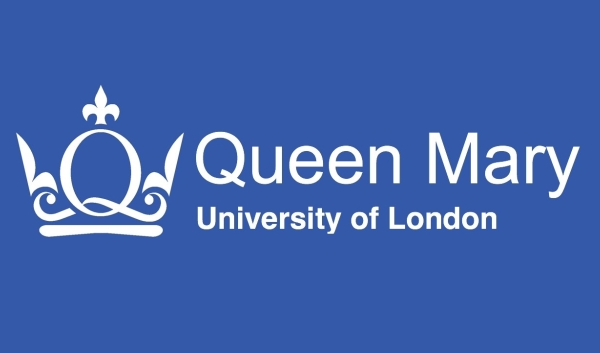Exposure to carbon monoxide (CO) impedes the ability of the heart and brain to function by reducing the availability of oxygen (O2). Current treatment options are aimed at restoring actual levels of O2 in the blood and to the organs and include: breathing ‘unpolluted’ ambient air through to the provision of high flow oxygen.
In countries other than England, Hyperbaric Oxygen Therapy (HBO) is also recommended: in some countries, this is considered the first line of treatment. However, there is little guidance on the provision of oxygen and the scientific literature on brain injury provides evidence that oxygen therapy, if not appropriately delivered, can result in damage to brain cells. This project seeks to resolve this important issue.
It is well known that the production of reactive oxygen species (ROS) is associated with a number of neurologic diseases. It is shown in the scientific literature that the influx of oxygen to cells, following a period of oxygen deprivation (hypoxia) results in the generation of ROS.
The previous study funded by the CO Research Trust has shown unequivocally, that CO induces a number of responses that generate ROS. It also showed that different phases of ROS production could be reduced by a variety of targeted applications of antioxidants and enzymes.
This highlights how the study of the molecular and cellular mechanisms of CO toxicity are of great importance for the discovery of novel therapeutic strategies and informing on current treatment methods using O2 for CO poisoning, which have yet to be confirmed as being effective at a cellular level.
This study follows on directly from the work undertaken in the previous project. It will take forward the work in vitro, this time using animal brain cells and human brain cells (derived from stem cells) to establish which treatment options (mitochondrially targeted antioxidants, inhibitors of xanthine oxidase or a general antioxidant) work with the greatest effect, and whether singularly or in combination in conjunction with the provision of O2 (to emulate current treatment options).
This chosen group of antioxidants and enzymes also all prevented the depletion of an antioxidant naturally produced in the body, that, it was established, CO had the ability to reduce.
Having undertaken the successful mechanistic work, this study will concentrate on establishing which is the most effective treatment option. It is important to note that some treatments being considered are already being used in clinical practice, although not as a treatment for CO poisoning. It is expected that the resulting treatment will protect brain cells as well as reduce cell injury, in conjunction with oxygen therapy, thereby going some way to reducing the delayed neurological sequelae usually associated with CO poisoning.
The three main aspects of the work will be:
- To test effects of various inhibitors of NADPH oxidase on CO-induced ROS production and neuronal cell death
- Unravel the effect of inhibitors of XO, MAO and mitochondrial antioxidants on CO-induced oxidative stress and neurotoxicity
- Identify the most effective combination of NADPH oxidase inhibitor with another protective compound against CO neurotoxicity
























